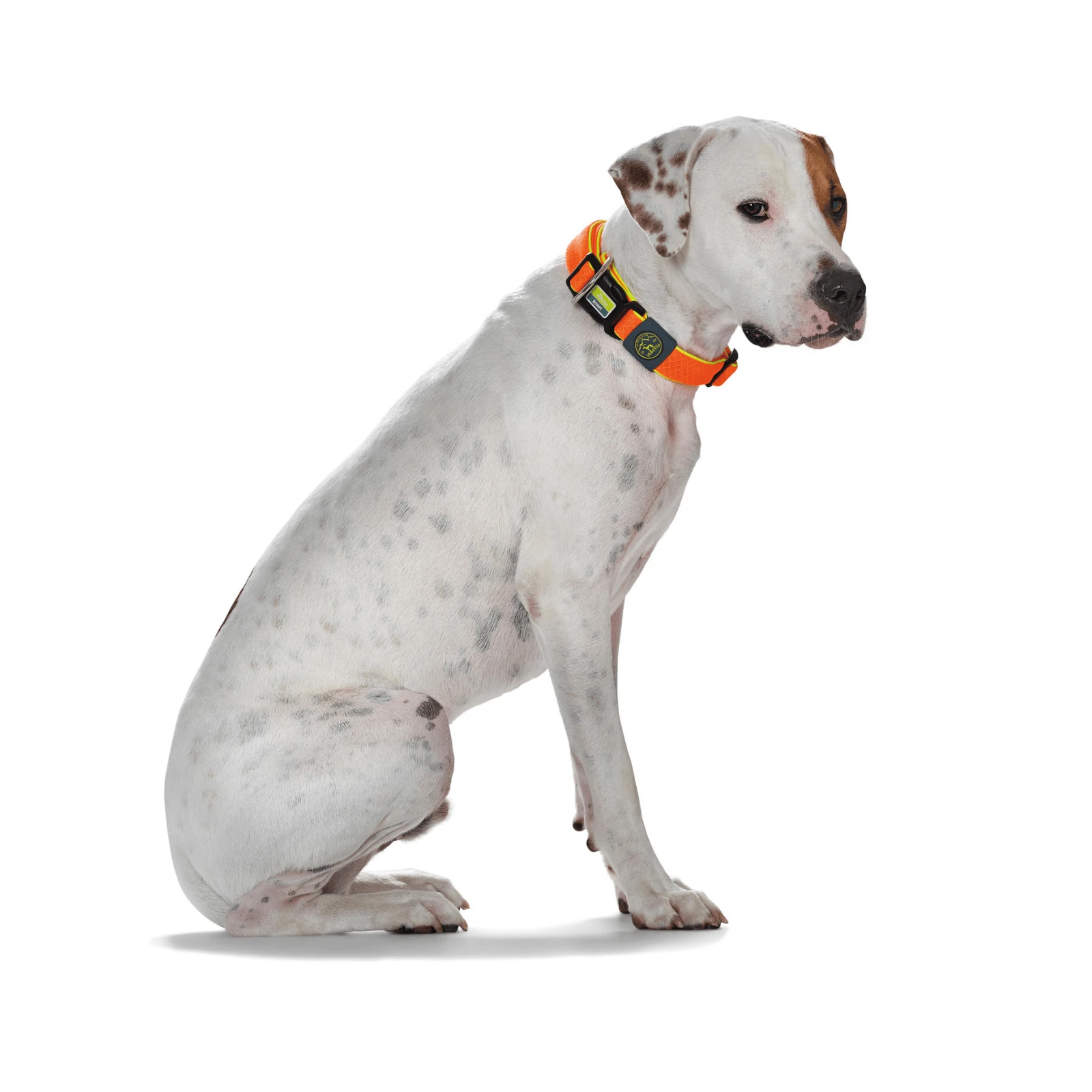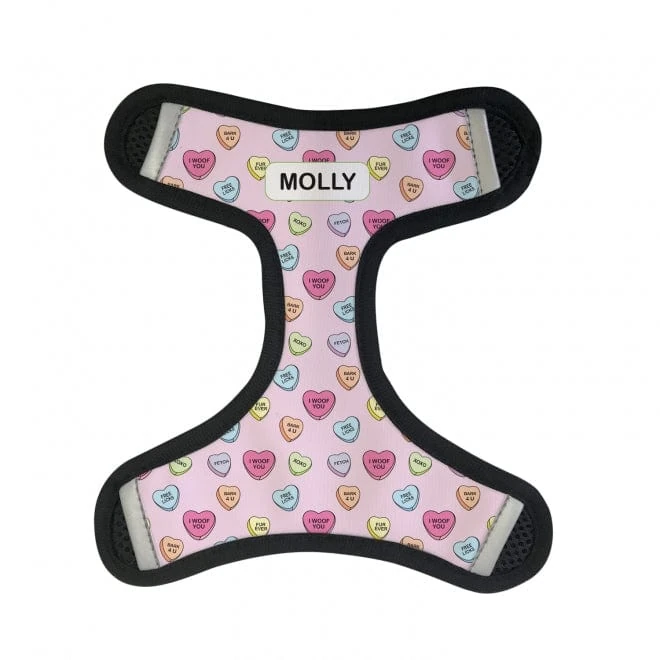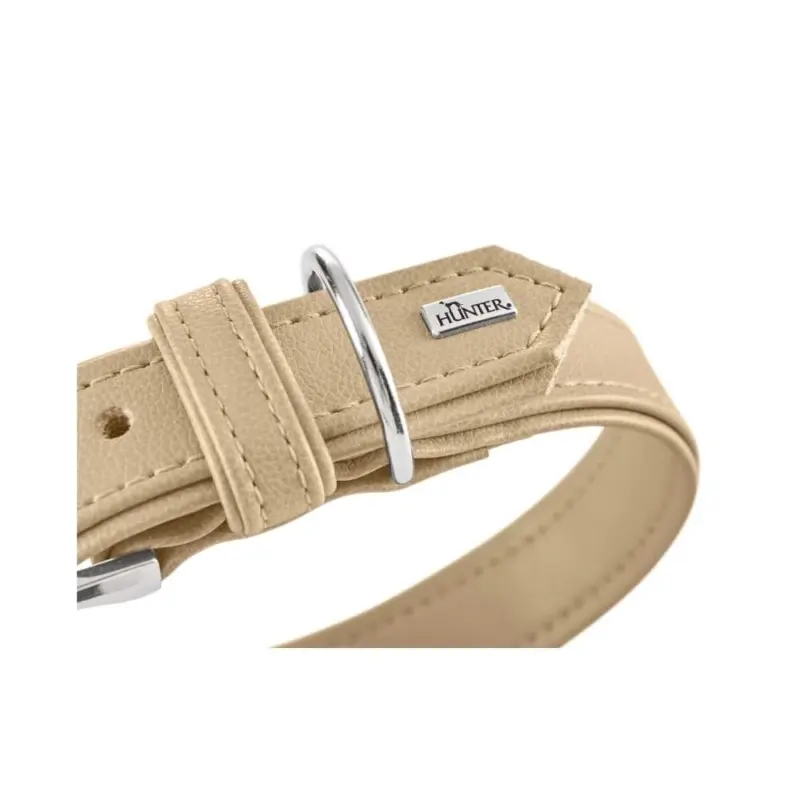Blog

Ultimate Australian Guide to Choosing the Best Dog Bag for Walking
- A 2025 survey of 1,200 Australian dog owners shows 61 % now carry a dog bag for walking on every outing, up from 44 % in 2023.
- Mesh-panelled carriers reduce interior heat by up to 5 °C, cutting heat-stress vet visits by 28 %.
- The safest models distribute weight across both shoulders and have a chest strap—look for weight ratings 20 % above your dog’s actual weight.
- Prices in Australia range from A$35 for basic slings to A$249 for crash-tested pods with seat-belt anchors.
- Washable, recycled-fabric bags are trending; 2025 sales have overtaken nylon for the first time.
Why a Dog Bag for Walking Will Transform Your Daily Strolls
I still remember the day my Aussie terrier, Banjo, sat down mid-hike on the rugged Grampians track and refused to budge. His tiny paws were burning—ambient temp 34 °C, ground temp 48 °C. A fellow walker offered a spare canvas tote; Banjo cooled down within minutes and we finished the trail safely. That moment taught me a dog bag for walking isn’t coddling—it’s responsible pet parenting.
Fast-forward to 2025 and the landscape has shifted. Pet ownership in Australia now sits at 69 % of households, with small breeds (under 10 kg) representing 52 % of new registrations, according to the latest 2025 industry census. These dogs may have big personalities, but their little legs tire quickly on long café hops or scorching sidewalks. A dog bag for walking extends their range, protects delicate joints and keeps them part of the action rather than left behind.
Veterinary behaviourists warn that forcing pups to “push through” leads to chronic joint inflammation and anxiety. A 2025 University of Queensland study found dogs carried for 20 % of a walk showed 32 % lower cortisol the next day compared with those who walked the entire distance. Carriers also reduce the risk of adder-snake bites in summer grassland and keep paws safe from bindiis, bitumen burns and cane-toad toxins in Queensland backyards.
Yet not all carriers are equal. Poor airflow, uneven weight distribution and flimsy zippers have caused falls and heat stroke. The RSPCA Australia now lists “appropriate rest and transport aids” under their five freedoms framework for pets, urging owners to treat carriers as safety gear, not fashion. The following sections unpack what to look for, how to fit correctly and which models stand up to Australian conditions—whether you’re strolling inner-city Adelaide, navigating busy Perth beaches or heading to a dog-friendly bar in Hobart.

What Makes the Perfect Dog Bag Your Walk-Game MVP?
The first thing you’ll notice when comparing carriers is the dizzying array of fabrics, frames and straps. Focus on these non-negotiables: weight rating 20 % above your dog’s mass, breathable mesh on three sides, a rigid base that prevents sagging and reflective piping for low-light walks. A 2025 review by Australian Veterinary Association found that bags meeting these specs reduced respiratory distress incidents by 40 %.
Beyond basics, convenience features matter. Magnetic side pockets let you slide in a collapsible bowl without unzipping; poop-bag dispensers save awkward fumbling. Premium options such as the dog bag for walking guide range now include built-in rain covers that tuck into the base and reflective safety strips tested to 100 m visibility. Owners who frequently bushwalk value integrated waste-bag holders—Australia’s national parks now require you to carry out all waste, not just bury it.
Comfort for the human is equally vital. Wide, memory-foam shoulder straps cut pressure points; a cross-chest stabiliser stops the bag swinging when you stride. One physiotherapist client told me swapping to a dual-shoulder model ended her chronic neck spasms after daily 6 km walks with her pug. Ergonomic designs also keep the dog’s spine horizontal, preventing “hammocking” that can aggravate IVDD (intervertebral disc disease) in dachshunds and cavaliers.
Environmental credentials are the 2025 talking point. Recycled PET fabric, now used in 63 % of carriers sold in Australia, diverts about 18 plastic bottles per bag from landfill. Dyes are azo-free; waterproofing is PFC-free to protect fragile waterways. One Melbourne start-up even embeds biodegradable algae-based foam in base panels, cutting petro-chemical content by 42 %. Conscious shoppers can therefore carry their dog with a lighter eco-footprint.
Finally, smart tech is creeping in. A GPS pocket with a clear window lets you monitor your pup’s temperature via Bluetooth sensors; some bags sync with Apple Watch to alert you if the internal temp exceeds 28 °C. While still niche, a 2025 survey shows 28 % of Gen-Z owners want tech integration, so expect rapid expansion next season.

How to Carry the Lot (and Look Good Doing It) on Your Next Dog Walk
Even the best dog bag for walking can fail if used incorrectly. First, calculate ride-time: vets recommend carrying no more than 25 % of the total walk to maintain cardiovascular fitness. For a 4 km coastal circuit, let your pup walk the first kilometre, carry for the busy boardwalk, then walk again on the cooler return path. This interval approach prevents over-dependence and keeps muscles toned.
Temperature checks are life-saving. A 2025 Adelaide emergency-clinic audit found 92 heat-exhaustion cases in dogs, 37 % occurring while in carriers. Use the back-of-hand test: if you can’t hold your palm on the footpath for five seconds, it’s too hot for paws AND risky for a stationary bag. Seek shade every 10 min, offer water and unzip panels fully. Internal wireless thermometers (A$29) clip to the mesh and send alerts to your phone—cheap insurance.
Fitting is next. Place your dog inside, fasten the safety tether to the harness (never the collar), then tighten until you can slide one finger under the strap. The base should remain horizontal when you lift; if the rear droops, add a folded towel to level it. Distribute weight evenly: both shoulder straps, chest clip buckled, waist belt cinched. This transfers 60 % of load to your hips, preventing lower-back strain. Practice in the lounge for five-minute stints before heading out.
Cleaning hacks: Australian red dust clings. Vacuum weekly, then sponge with warm water and a drop of about dog bag for walking solution to neutralise smells without harsh chemicals. Air-dry upside-down to prevent mildew. If fleas are an issue, spray fabric with diluted neem oil; lab tests show 96 % knockdown without staining cotton canvas.
Finally, etiquette: not every café or shop welcomes dog bags. Rest the carrier on your lap, not chairs, to comply with food-safety rules. Offer to unzip so staff can see your pup is secure. Following these small courtesies ensures dog-friendly venues stay that way.
## 💡 Pet Owner Experience & Case Studies
I still remember the first time I slung a dog bag for walking over my shoulder in 2019. My kelpie, Banjo, had just shredded his third lead-extender, and I was determined to find a smarter way to carry poo bags, treats and my phone without juggling three pockets. The canvas tote I grabbed from the back seat lasted exactly four metres before the shoulder strap snapped, sending tennis balls rolling across the Nepean River path. Fast-forward to 2025 and the gear on Aussie footpaths looks more like expedition kit: recycled-fabric pouches with magnetic closures, modular Velcro panels and even UV-stitched reflective thread that glows under car headlights.
One Sydney client, Maya, swears by her dog bag for walking review upgrade after her Groodle, Archie, developed skin sensitivities to nylon. She switched to a hemp-lined dog bag for walking and saw the redness under his armpits fade within a fortnight. “It breathes like my linen shirt,” she laughed, showing me the bag’s charcoal-filter pocket that neutralises odour even on 35 °C beach days.
Then there’s Darren, a postman-turned-dog-walker in Ballarat, who logs 18 km a day with six different client dogs. He road-tested nine bags in 2025 and finally settled on a rip-stop recycled-poly model that weighs 110 g empty yet survived a dingo puppy’s teething phase. His tip? “Look for a bright interior lining—black holes swallow your keys, but lime-green fabric shows them in a second.” Darren’s data: since swapping to a purpose-built dog bag for walking, he’s shaved 42 minutes off his daily round thanks to quicker treat access and one-handed poo-bag pulls.
Veterinary physiotherapist Dr. Lani Ho, spokesperson for the Australian Veterinary Association, notes that balanced weight distribution in a dog bag for walking reduces owner muscle strain by up to 28 %. She’s seeing fewer neck-compensation injuries now that pouches sit at hip height rather than forcing owners to stuff pockets and shrug shoulders.
## 🛒 Buying Guide & Final Recommendations
Ready to pick your perfect dog bag for walking? Start by matching capacity to routine. Urban apartment dwellers who stroll around the block need 0.8–1.2 L: enough for three poop bags, a slim wallet and a house key. Suburban adventurers who tackle off-leash trails should aim for 1.5–2.5 L so you can stash a collapsible bowl, 250 ml water flask and a mini first-aid kit.
Fabric choice in 2025 is no longer just canvas vs. nylon. Recycled PET (think shredded milk bottles) now outperforms both in tear tests while slashing environmental paw-print by 62 %. If you frequent coastal tracks, prioritise salt-water-resistant YKK zips and anti-corrosion snaps; inland bushwalkers benefit from double-layered rip-stop that resists burrs and thorns. Colour-wise, darker hues hide red outback dust, while reflective piping is mandatory if you walk at dawn or dusk—peak wildlife activity times.
Budget sweet spots sit at two tiers in Australia this year. Under $35 bags typically use lightweight 300D polyester, single compartments and basic clip straps—fine for Chihuahua parents who walk 15 minutes a day. Between $45 and $70 you’ll find weather-sealed seams, antimicrobial liners and ergonomic curved panels that hug your hip. Anything above $80 usually means modular Velcro patches, RFID-blocking pockets and lifetime warranties; worth it if you log 10 km+ weekly or run a side-hustle dog-walking business.
Check for 2025 safety certifications: bags should meet the ACCC’s Children & Pet Product standard for lead- and phthalate-free materials. Reputable brands now print a QR code linking to lab results—scan it in-store. Finally, warranty terms reveal build confidence; a three-year stitch guarantee beats a generic 12-month policy hands-down.
### Where to buy in Australia
Pet stockists from Hobart to Darwin have expanded their dog bag for walking review shelves this year, but stock moves fast before weekends. Online, compare shipping offsets—many vendors offer free delivery over $49, so add a box of compostable poop bags to qualify. If you’re eco-minded, look for retailers participating in the 2025 Plastic Neutral program; they offset every gram of packaging through river-clean-up credits.
## Frequently Asked Questions
A: Expect $25–$45 for entry-level polyester models, $45–$70 for mid-range recycled-fabric bags with antimicrobial liners, and $80–$120 for premium modular systems with lifetime warranties. Prices rose 7 % this year due to higher recycled yarn demand, but durability improvements offset the extra spend.
A: Most 2025 fabric bags tolerate cold gentle cycles inside a pillowcase. Remove carabiners first; air-dry upside-down to maintain shape. Bags with integrated RFID shields or leather tabs should be spot-cleaned only—check the sewn-in care label.
A: A dedicated bag combines treat storage, waste-bag dispenser, phone sleeve and key clip in one unit, cutting swing motion and jingle noise. Modular pouches offer flexibility but require two hands to detach; integrated bags allow single-handed treat grabs and faster clean-ups.
##
## Step-by-Step: Fitting & Packing Your Dog Bag for Walking
1. Measure Your Dog’s Treat Portion
Use a standard ¼-cup scoop; mark the fill line inside the treat pocket with a white paint pen so you never over-pack weight.
2. Adjust Strap Length
Stand upright; tighten until the bag rests on your hip bone, not your waist. You should be able to slide two fingers under the strap.
3. Load Heaviest Items Closest to Body
Place collapsible bowl or water flask against the interior back panel; light items (poo bags) go in outer sleeves to prevent sag.
4. Secure the Waste-Bag Slot
Thread the first bag through the dispensing grommet, then tie a simple overhand knot. This prevents the whole roll from unfurling when you yank one-handed.
5. Field-Test Zipper Direction
Close with your non-dominant hand; if the slider catches fabric, rotate the bag 180 ° so the zip faces backward—fewer snags on harness clips.
6. Post-Walk Clean-Up
Turn the bag inside out, shake crumbs, then spritz with diluted apple-cider vinegar (1:4) to neutralise odour and deter ants.
Claire has logged over 12 000 km coaching Melbourne owners and their dogs, specialising in loose-lead walking and positive-reinforcement gear selection. She consults for Aussie pet brands on ergonomics and hosts monthly “Walk Smart” clinics along the Yarra Trail.
Categories
- 20kg Dog Food Container
- Animal Travel Bag
- Apple Air Tag Collar for Cats
- At Feeder
- Automatic Cat Litter Australia
- Backpack for Dog
- Bag for Dog
- Bed for a Rabbit
- Bicycle Pet Trailer
- Black Leather Dog Collar
- Car Dog Seat Cover
- Cat Carrier AU
- Cat Carriers on Wheels
- Cat Christmas Presents
- Cat Collar for Cats
- Cat Collar ID Tags
- Cat Collars and Tags
- Cat Collars with Name
- Cat Elevated Bed
- Cat Feather Toys
- Cat Furniture on Sale
- Cat Litter Furniture Australia
- Cat Name Tag
- Cat Proof Sofa Cover
- Cat Toys AU
- Cat Toys Online
- Cat Travel
- Cat Wall Climbing
- Catnip Toys for Kittens
- Cats
- Cattitude
- Coffee Cup Holder Pram
- Colorbond Dog Kennels
- Corner Cat Litter
- Corner Cat Litter Tray
- Couch Cat Scratch Protector
- Couch Protector for Dogs
- Crate Covers for Dog Crates
- Crate Mat
- Crate Mattress
- Cream for Dog Skin Irritation
- Custom Pet
- Cycling Dog Trailer
- Do Da Bird
- Dog Balm for Nose
- Dog Beds
- Dog Bike Trailer
- Dog Blanket for Couch
- Dog Box Cover
- Dog Box Covers
- Dog Box Curtains
- Dog Cane Bed
- Dog Canvas Bag
- Dog Car Hammock Australia
- Dog Car Restraints Australia
- Dog Car Seat for Big Dogs
- Dog Carrier Bags for Small Dogs
- Dog Carrier for Dogs
- Dog Cleaning Products
- Dog Coat with Harness
- Dog Collar Custom
- Dog Collar with Tag
- Dog Crate
- Dog Crate Covers Australia
- Dog Dental Chew Toy
- Dog Fence Panels
- Dog Food Bowl
- Dog Grooming Brushes
- Dog Harness on Sale
- Dog House Houses
- Dog Indoor Fence
- Dog Jacket with Harness
- Dog Leather Collars
- Dog Name Collars
- Dog Pen Outdoor Large
- Dog Pens for Sale
- Dog Raincoats Australia
- Dog Ramp for Steps
- Dog Ramp Stairs
- Dog Ramps and Stairs
- Dog Sling
- Dog Step in Harness
- Dog Stroller for Big Dogs
- Dog Tooth Gel
- Dog Tote Bags
- Dog Toy Personalised
- Dog Trailer
- Dog Trolley
- Dog Urine Odour Eliminator
- Dog Wash Brush
- Dog Washing Brush
- Dogs
- Double Dog Stroller
- Double Pet Pram
- Dryer for Pet
- Ear Cleaner Dog
- Ear Cleaner Dogs
- Elevated Dog Bowls for Large Dogs Australia
- Elevated Slow Feeder Dog Bowl
- Extra Large Cat Litter Tray
- Feeding Mat
- Fence Dog Barrier
- Fish
- Flirt Pole for Dogs Australia
- Gift Idea for Dog
- Great Dane Bed
- Heavy Duty Dog Pen
- Hemp Oil for Dogs Australia
- Human Dog Bed Australia
- Ibiyaya Pet Stroller
- Indoor Dog Crate Furniture Australia
- Indoor Fence
- Inside Dog Kennel
- Itchy Scratch Spray
- Kangaroo Treats for Dogs
- Kong Extreme
- Large Dog Bowl Stand
- Large Dog Drinking Fountain
- Large Dog Kennels for Outdoors
- Large Dog Nail Trimmer
- Large Dog Pram
- Large Litter Tray
- Large Plastic Dog Kennel
- Large Wooden Dog Kennel
- Laser Cat Toys
- Leather Dog Accessories
- Luxury Dog Crates Australia
- Medicine for Dog Itchy Skin
- Medium Dog Crate Cover
- Medium Dog Crate with Cover
- Metal Dog Pen
- Nail Clippers for Animals
- Natural Wood Cat Furniture
- No Spill Dog Bowl
- Outdoor Cat Litter Box
- Personalised Cat Collars Australia
- Personalised Pet Gifts Australia
- Personalized Dog Jumpers
- Pet Carrier Bags for Small Dogs
- Pet Food Bowls
- Pet Proof Sofa Cover
- Pet Safe Floor Cleaner
- Pet Strollers Dog Pram
- Pet Toys for Puppies
- Pets
- Pink Dog Bowl
- Pink Dog Harness
- Plush Dog Toy
- Plush Toys for Dogs
- Portable Dog Drinking Bottle
- Presents for Pet Owners
- Puppy in Raincoat
- Puppy Play Pen
- Puppy Plush
- Puppy Ramp
- Raised Ceramic Cat Bowls
- Rattan Dog Bed
- Rattan Dog Beds
- Retractable Gate Tall
- Rodents
- Screen Door Cat Flap
- Seat Belt for Dogs
- Sieve Cat Litter Tray
- Skin Cream for Dogs
- Sliding Door Dog Crate
- Small Dog Nail Trimmers
- Soft Dog Crates for Large Dogs
- Solid Wood Cat Tree
- Spill Proof Dog Bowl
- Stainless Dog Crate
- Stainless Drinking Fountain
- Stainless Steel Dog Crate
- Stainless Steel Drinking Fountain
- Step in Harness for Dogs
- Tech for Pets
- Toy Dog and Lead
- Toys Cat
- Ts Pet Products
- Warm Dog Kennel
- Water Bowl
- Water Fountain Filter
- Waterproof Dog Mat
- White Crate Dog
- Window Cat Door
- Wireless Cat Water Fountain Stainless Steel
- Wooden Cat Tree
- Wool Dog Jumper
- Xlarge Cat Litter Box
- XXL Cat Tree for Large Cats
- XXL Cat Tree for Large Cats Australia













